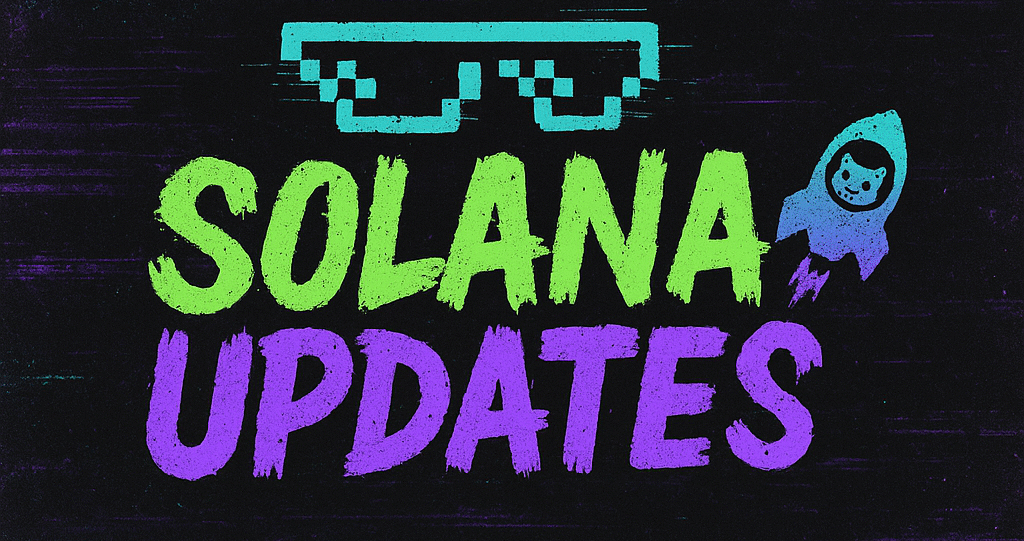DeFi’s Evolution: Why ‘Suitcoiners’ Are Key to Its Future
The decentralized finance (DeFi) ecosystem has traditionally been perceived as a domain dominated by tech-savvy individuals and cryptocurrency enthusiasts. However, the narrative is shifting as institutional investors, colloquially termed ‘suitcoiners’, are increasingly making their presence felt. While some purists in the DeFi community view these developments with skepticism, embracing institutional participation could be the catalyst that propels DeFi into its next evolutionary phase—one defined by maturity, stability, and credibility.
The Role of Institutional Investors
Institutional investors bring a wealth of capital that can significantly enhance liquidity within the DeFi space. This influx of funds can lead to more robust financial products and services, offering greater security and reducing volatility. Moreover, these investors are not just injecting money; they come with reputational credibility that can attract more mainstream attention and acceptance.
The demand for stability from institutional investors is a double-edged sword. On the one hand, it requires DeFi platforms to shore up their security measures and ensure compliance with potential regulatory frameworks. On the other hand, it offers an opportunity to establish DeFi as a legitimate alternative to traditional financial systems, which are often criticized for being slow, expensive, and exclusive.
Moving from Speculation to Stability
DeFi has often been criticized for its speculative nature. The entry of institutional investors can be a stabilizing force, shifting the focus from high-risk, high-reward projects to more stable, long-term financial solutions. This transition is crucial for DeFi’s sustainability and its ability to weather market fluctuations.
Furthermore, the involvement of institutional players can drive innovation in risk management and compliance, essential components for DeFi’s growth. By working closely with regulators and adopting best practices from traditional finance, DeFi can create a more secure environment for all participants.
Embracing the Change
While some members of the DeFi community may view the rise of ‘suitcoiners’ as a threat to the decentralized ethos, it is important to recognize the potential benefits. Institutional involvement does not necessarily mean the end of decentralization; rather, it can be a step towards a more balanced and inclusive financial ecosystem.
For DeFi to thrive, it must be open to collaboration and innovation. This includes welcoming diverse participants, from individual enthusiasts to large-scale institutional investors. By doing so, DeFi can foster a more resilient and versatile financial landscape that caters to a wider audience.
Conclusion
The future of DeFi lies in its ability to evolve and adapt. By embracing institutional investors, DeFi can transition from a speculative playground to a trusted pillar of the global financial system. The key is to strike a balance, ensuring that the core values of decentralization and transparency remain intact while opening the doors to new opportunities and participants.
🛒 Recommended Product: Check out top-rated crypto gear on Amazon


